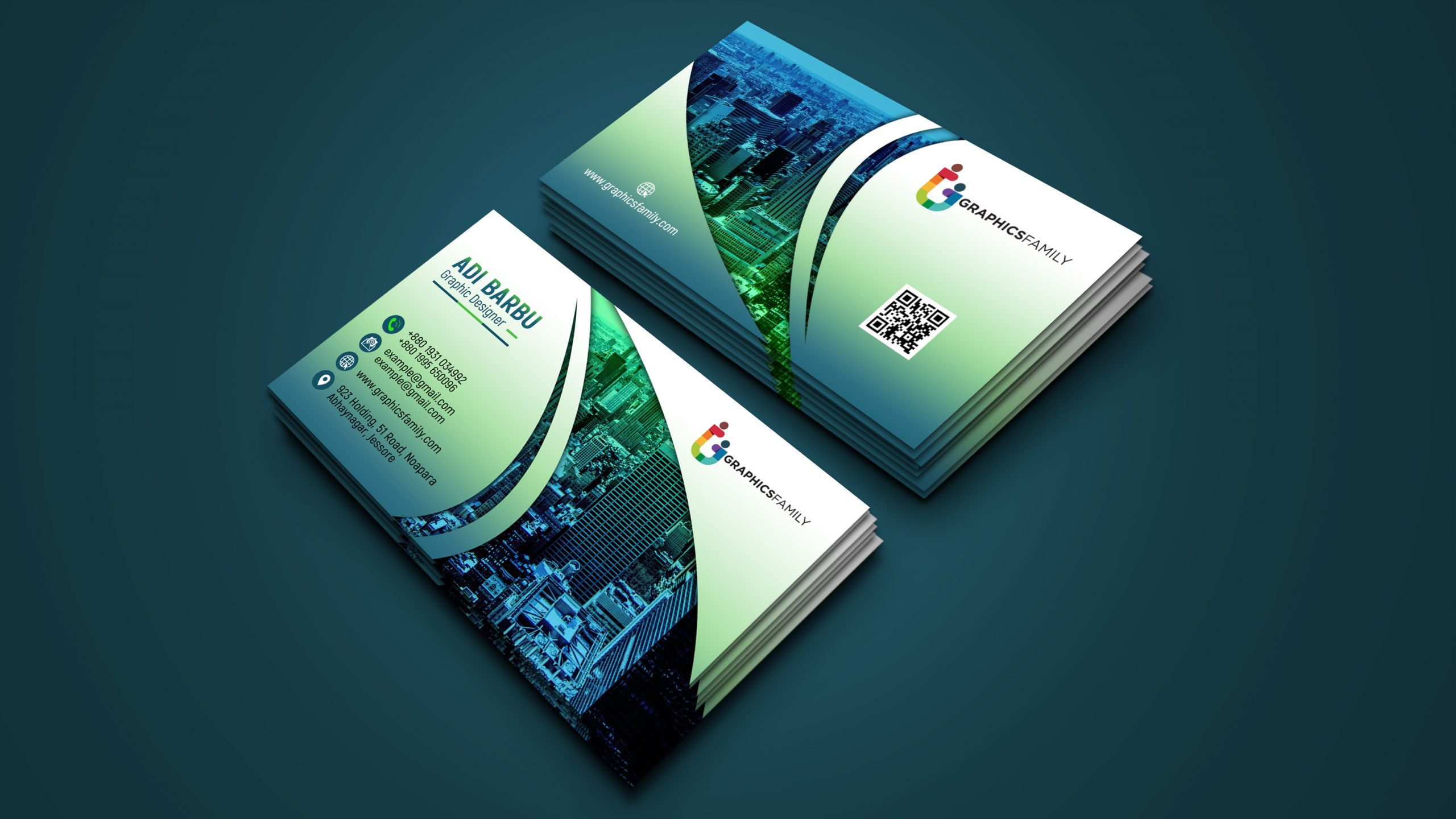Embrace the Future of Networking with Digital Business Cards
-
Digital Business Cards
-
September 6, 2024
Introduction:
In today’s fast-paced digital world, traditional paper business cards are quickly becoming obsolete. Digital business cards are emerging as a modern, eco-friendly alternative that not only simplifies networking but also offers numerous features that paper cards simply can’t match. In this blog, we’ll explore the benefits of digital business cards, how to create and use them effectively, and the latest trends shaping their evolution.
1. What Are Digital Business Cards?
Digital business cards are virtual versions of traditional paper cards that you can share and manage electronically. They can be easily exchanged via smartphones, emails, or QR codes, and typically include interactive elements like clickable links, multimedia content, and real-time updates.
2. Benefits of Digital Business Cards:
- Eco-Friendly: Reduce paper waste and your carbon footprint by going digital.
- Cost-Effective: Eliminate printing costs and make updates without the need for reprints.
- Interactive Features: Incorporate clickable links to your website, social media profiles, and portfolios. Add videos or images to make your card stand out.
- Real-Time Updates: Instantly update your contact information without the hassle of reordering cards.
- Convenience: Easily share and access your card from your phone or computer, anytime and anywhere.
3. How to Create a Digital Business Card:
- Choose a Platform: There are numerous platforms and apps available, such as HiHello, CamCard, and Adobe Spark. Select one that fits your needs and budget.
- Design Your Card: Customize your card with your brand colors, logo, and professional details. Make sure it’s visually appealing and aligns with your personal or business brand.
- Add Key Information: Include essential contact details, social media links, and any other relevant information. Consider adding a brief bio or a video introduction.
- Test and Share: Before distributing your digital card, test it on various devices to ensure it displays correctly. Share your card via email, SMS, or a QR code.
4. Best Practices for Using Digital Business Cards:
- Keep It Updated: Regularly review and update your digital card to reflect any changes in your contact information or professional details.
- Personalize Your Sharing: Tailor your digital card’s content based on the recipient’s interests or needs to make a lasting impression.
- Follow Up: After sharing your card, follow up with a personalized message to build a stronger connection with your new contacts.
5. Trends and Innovations in Digital Business Cards:
- Integration with CRM Systems: Digital cards are increasingly being integrated with customer relationship management (CRM) systems for seamless data management.
- Augmented Reality (AR): Some digital business cards are incorporating AR features to create immersive experiences and interactive content.
- Blockchain Technology: The use of blockchain is emerging in digital business cards to enhance security and verify credentials.
6. Conclusion:
Digital business cards are revolutionizing the way we network and share information. By embracing this modern tool, you can streamline your networking efforts, reduce environmental impact, and take advantage of advanced features that traditional paper cards can’t offer. As technology continues to evolve, staying ahead of the curve with digital business cards will keep you connected and relevant in a rapidly changing world.
